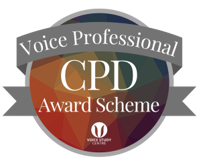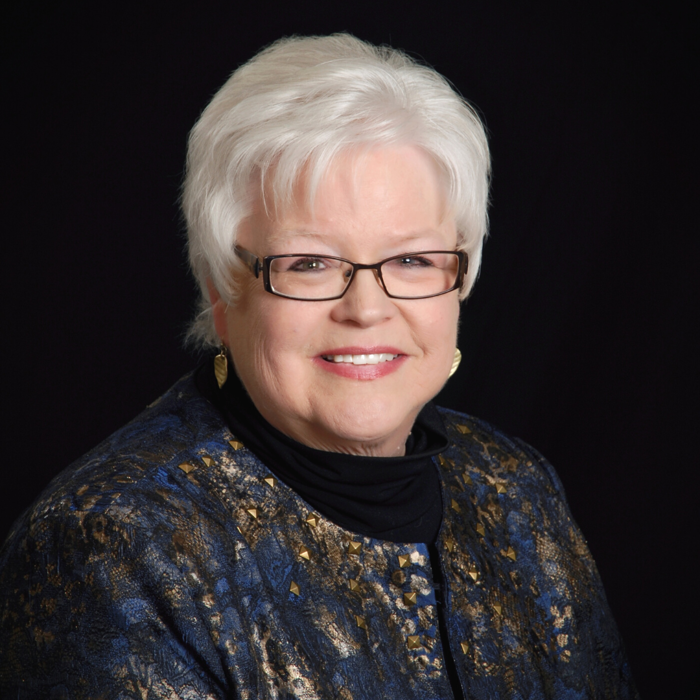Optimising Voice Quality through Nasal Hydration. What are the Implications for the Voice Community?
Tuesday 20th May 2025, 12:00 PM - 1:00 PM (London Time)
Vocal folds vibrate at extremely high frequencies. In males, the fundamental frequency (F0) averages around 125 Hz, and in females, around 250 Hz—equivalent to approximately 7,500 and 15,000 revolutions per minute (RPM), respectively. This RPM greatly exceeds, for example, the centrifuge of a washing machine spinning at 1400 RPM, or a car engine in acceleration, going between 3500 and 4000 RPM. That is the reason for which high-speed vibration causes significant friction on the tissues of the vocal folds, and if the mucosal layers are not in optimal condition, this can result in phonotrauma and vocal pathologies.
Thereby, the Vocal folds need a high degree of humidity to be able to vibrate at their normal high frequency. Hydration makes the tissue more flexible. The moisture of the tissue is one of the first factors that is lost when there is a pathology or when an unusual overload is suffered. Furthermore, hydration is one of the most effective measures to recovering function in emergency situations. For instance, voice professionals have to deal with stress, anxiety, fatigue, and changes in the environmental temperature. They endure dryness of the performance space, because of the air conditioning or the heating. All these factors affect the voice and can make performance more difficult.
Drinking water is excellent for the hydration of the whole body but it hydrates the vocal folds slowly. The ideal and fastest way to moisturize the vocal folds is directly through the respiratory system.
Researchers have proposed the use of nebulisers to superficially hydrate the vocal folds and boost vocal function (Vermeulen et al. 2021). In addition, we proposed another method of superficial hydration: nasal hydration using a damp gauze (Borragán et al., 2021) among other techniques, and we observe hydration effectivity.
This session will explore the different methods of hydration, and we will present our research findings and explore the implications for the voice community.
🏷️ Price £20 (UK VAT inclusive)
🎥 Recording automatically sent to all who book (even if you cannot attend live)
▶️ Rewatch as many times as you like
📜 Certificate of attendance available
María Borragán Salcines
María works in Centro de Foniatría y Logopedia (CFL) and teaches at University of Gimbernat-Cantabria, Santander (Spain). She is an expert on the PROEL method and in neuropathology.
Carles Expósito Rovira
Carles Expósito Rovira, PT, PhD and SLP student. He works in Fisio Taddeo, Palma (Spain) and Centro de Foniatría y Logopedia (CFL), Santander (Spain), and is an expert on the PROEL method.

Attend this course for as little as £22 as part of the Voice Professional Training CPD Award Scheme.
Learn MoreSorry, this is an archived short course...
We have plenty of upcoming short courses coming soon. See details of some of them below or look at the full list of short courses.

Monday 12th January 2026
12:00 PM - 1:30 PM
Tuesday 13th January 2026
12:00 PM - 1:30 PM
Wednesday 14th January 2026
12:00 PM - 1:30 PM
Thursday 15th January 2026
12:00 PM - 1:30 PM
Tuesday 20th January 2026
12:00 PM - 1:30 PM
Wednesday 21st January 2026
12:00 PM - 1:30 PM
(London Time)
Level One Certificate in Accents and Phonetics

Louisa Morgan
Are you a voice, acting, or singing coach looking to expand your expertise and add accents and phonetics to your teaching repertoire? This 6-session course covers essential topics such as articulatory, acoustic, and auditory phonetics, the International Phonetic Alphabet (IPA), and ethical approaches to accent and dialect coaching. By the end of this course, you'll be equipped with the knowledge and practical skills to start to bring phonetics and accent coaching into your coaching and provide more comprehensive support to your clients.


Monday 12th January 2026
2:00 PM - 4:00 PM
(London Time)
Emerging and Developing Voice: Singing and Speech

Karen Brunssen
How does the singing voice influence the speaking voice? How does the speaking voice influence the singing voice? When is there a disparate relationship between the two? Can they help each other? Can one harm the other? How can we use them positively in the voice studio. During this short course we will consider the voice as we sing and as we speak. The acquisition of language is a very interesting journey from birth through old age. We will broach the topics of “lexical” which refers to learning words, and “semantic” which is how we use words in the context of language.


Monday 12th January 2026
5:00 PM - 7:00 PM
(London Time)
Perfectionism: A Theoretical & Clinical Overview

Dr David Juncos
What exactly is meant when we label ourselves or someone we know a perfectionist? It is a good to be this way? Or are you setting yourself up for failure? Can a performance psychologist or a other performance-related practitioner help you if you’re a perfectionist? In this short course, you will learn how perfectionism is defined according to popular models in clinical psychology, and whether it is maladaptive or adaptive. You will also learn how perfectionism impacts on music performance anxiety, in addition to other areas of importance for performing musicians, like work-related stress and burnout, and procrastination with one’s practice.

